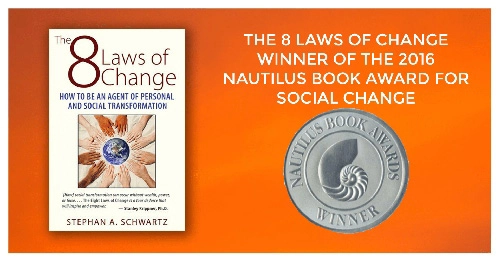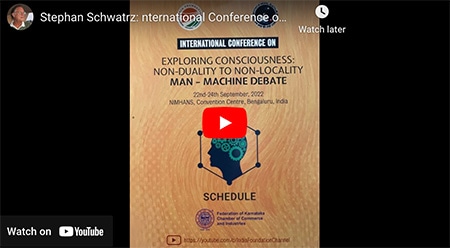Brad Plumer, - The Washington Post
Stephan: This is an excellent and really useful report. It is the best compendium of the Obama Administration's activities on the climate change front I have read anywhere. I think you will find it very clarifying.
Click through to see the charts, and to download the full report as a .pdf.
The latest Economic Report of the President (pdf) has a whole chapter on energy and climate change that’s worth reading as a window into how the White House thinks about the topic. Here’s the basic story in chart form:
1) If the world doesn’t tackle global warming soon, the United States will get uncomfortably hot. ‘For example, according to the USGCRP estimates, under a high-emissions scenario, areas of the Southeast and Southwest that currently experience an average of 60 days a year with a high temperature above 90°F will experience 150 or more such days by the end of the century.
No Comments
MARK CLAYTON, Staff Writer - The Christian Science Monitor
Stephan: Finally, something is being proposed that seriously addresses the transition from carbon to noncarbon energy. It's not enough, and it's not perfect but, at least, it is a strong step in the right direction. Now it will be a question as to the whether the Republicans in Congress will let it get through. Write your Representative and Senators and tell them what you think.
If the Obama administration has its way, $2 billion in new revenue from offshore oil drilling will fund research into how to wean American drivers off imported oil.
Speaking Friday at Argonne National Laboratory – the high-tech incubator that produced battery breakthroughs for today’s plug-in vehicles – President Obama proposed an ‘Energy Security Trust Fund
No Comments
Stephan: Here is a fascinating insight into how our physical organism operates, 'while modern lifestyles can accelerate the development of plaque on our arteries, the prevalence of the disease across human history shows it may have a more basic connection to inflammation and aging.'
Like nearly 4.6 million Americans, ancient hunter-gatherers also suffered from clogged arteries, revealing that the plaque build-up causing blood clots, heart attacks and strokes is not just a result of fatty diets or couch potato habits, according to new research in the journal The Lancet.
The researchers performed CT scans of 137 mummies from across four continents and found artery plaque in every single population studied, from preagricultual hunter-gatherers in the Aleutian Islands to the ancient Puebloans of southwestern United States.
Their findings provide an important twist to our understanding of atherosclerotic vascular disease, which is the leading cause of death in the developed world: while modern lifestyles can accelerate the development of plaque on our arteries, the prevalence of the disease across human history shows it may have a more basic connection to inflammation and aging.
‘This is not a disease only of modern circumstance but a basic feature of human aging in all populations,’ said Caleb Finch, USC University Professor, ARCO/ Kieschnick Professor of Gerontology at the USC Davis School of Gerontology, and a senior author of the study. ‘Turns out even a Bronze Age guy from 5,000 years ago had calcified, carotid arteries,’ Finch said, referring to Otzi the Iceman, […]
No Comments
DAVID SIROTA, nationally syndicated newspaper columnist - Salon
Stephan: Another window into the movement to privatize eduction for profit. This is nasty stuff.
Last week, Los Angeles provided yet another example of a cadre of anti-public-school millionaires swooping in to try (and in this case, fail) to buy a big-city school-board election. And once again, that sparked a round of Orwellian newspeak that distorts what’s really happening in education politics.
You know how it goes: The pervasive media mythology tells us that the fight over the schoolhouse is supposedly a battle between greedy self-interested teachers who don’t care about children and benevolent billionaire ‘reformers
No Comments
RACHEL EHRENBERG, - Science News
Stephan: Here is a new development on the medical side of 3-D printing. This trend is moving with amazing rapidity.
Surgeons have replaced 75 percent of a man’s skull with a custom-designed polymer cranium constructed with a 3-D printer. The surgery took place on March 4 and is the first U.S. case following the FDA’s approval of the implants last month. The patient’s reason for needing such extensive replacement surgery has not been revealed.
Similar surgeries may follow in other cases where sections of the skull are removed because the brain has swollen during a surgery or after an accident, says Scott DeFelice, president of Connecticut-based Oxford Performance Materials, the company that created the prosthetic.
Technicians used CT scans to get images of the part of the skull that needed replacing. Then, with computer software and input from surgeons, engineers designed the replacement part. A machine that uses lasers to fuse granules of material built the prosthetic layer by layer out of a special plastic called PEKK. While inert like titanium, PEKK is riddled on its surface with pocks and ridges that promote bone cell growth, DeFelice says.
Such implants have value as a brain-protecting material, says Jeremy Mao, a biomedical engineer and codirector of Columbia University’s center for craniofacial regeneration. But doctors will need to keep an eye out for long-term problems; […]
No Comments









